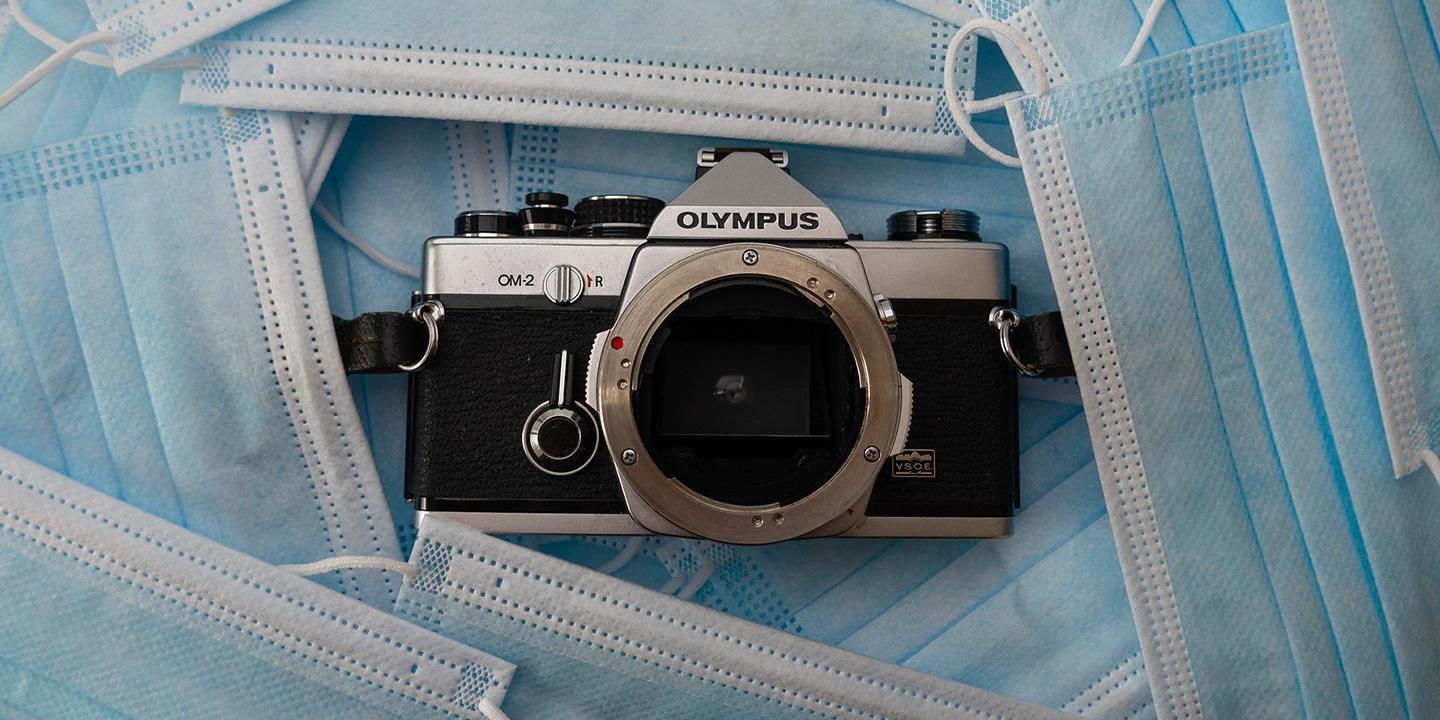The influence of risk perception on tourism behaviour
Global mobility and the increase in tourism flows are a driving factor in the emergence and spread of pandemics. Against the backdrop of continuing uncertainty about pandemic recurrence, safe travel should be facilitated.
Backround
In order to explain the Swiss population's intention to travel during the Covid-19 pandemic and to explain the acceptance of travel measures, the theory of planned behavior was combined with the Health-Belief Model to determine the most important factors influencing (preventive) health behavior when travelling during the Covid-19 pandemic.
Aim
Based on the theoretical model, the aim was to explain the travel intention during the Covid-19 pandemic as well as the acceptance of measures by the Swiss resident population when travelling. A further aim was to develop intervention strategies based on the most important influencing factors and to provide tourism service providers and health authorities with a toolbox to develop target group-specific interventions with the aim of facilitating safe travel.
Results
In terms of travel intention during the pandemic, it has been found that the most important variable of travel avoidance is the perceived susceptibility to the coronavirus when travelling. The higher the perceived susceptibility to contracting coronavirus while travelling, the lower the intention to travel. The second most important variable is the perceived benefit of non pharmaceutical interventions (NPIs) while travelling. The higher the perceived effectiveness of NPIs in containing Covid-19 during travel, the higher the intention to travel during the pandemic. Another important variable is risk-taking behavior during leisure time. The riskier the leisure behavior, the more willing people are to travel during the pandemic.
The most important variable explaining the acceptance of measures is the perceived severity of a course of disease with Covid-19. The higher the perceived severity of a course of disease with Covid-19, the higher the acceptance of measures when travelling. Furthermore, older people show a higher acceptance of travel measures than younger people. The third most important variable explaining the acceptance of travel measures is the attitude towards NPIs. The higher the (positive) attitude towards NPIs when travelling, the higher the measure acceptance when travelling.
Regarding specifically tested measures (vaccination passport, hygiene masks, travel warnings, rapid tests, FFP2 masks, PCR tests, 10-day and 14-day), it can be stated that the attitude towards all these measures is positive. Also, all measures are perceived as equally effective in containing Covid-19. Among the measures tested, the hygiene mask is particularly noteworthy. Compared to all other measures, the hygiene mask shows the highest (positive) attitude as well as the highest support from close people. Behavioral control (correct wearing) is also highly pronounced and the intention to travel is highest under this measure.
Specific contribution to tackle the current pandemic
Based on the findings, destination managers, tourism practitioners and health authorities can derive target group-specific interventions to enable safe travel on the one hand and to increase the acceptance of protective measures both in general and among residents on the other. In this way, psychological resilience can be strengthened, and economic damage averted in the event of a pandemic flare-up.
Original Title
Risk perception and tourism behaviour: how to control pandemic infectious diseases through non-pharmaceutical interventions (NPIs)
Projekt Leader
Prof. Timo OhnmachtCovid-Toolbox

